
Nature's Majesty: George Washington and Jefferson National Forests
Explore the majestic George Washington and Jefferson National Forests in Virginia, offering hiking, wildlife, and camping in a stunning natural landscape.
Discover the untouched beauty and vast landscapes of the George Washington and Jefferson National Forests in Virginia. These forests, spanning over a million acres, offer a sanctuary for nature lovers and adventure seekers alike. From towering trees to rushing rivers, the scenery is nothing short of breathtaking. The diverse ecosystem supports an array of wildlife, making it a prime spot for birdwatching and wildlife photography. Hiking enthusiasts will find endless trails, ranging from easy walks to challenging climbs. The famous Appalachian Trail cuts through these forests, providing hikers with a glimpse of its historic path. For those who prefer water activities, the forest's rivers and lakes are perfect for fishing, kayaking, and canoeing. In the winter, the forests transform into a snowy wonderland, ideal for skiing and snowshoeing. Camping is another highlight, with numerous sites available for both tent and RV camping. Whether you're a solo adventurer or traveling with family, the George Washington and Jefferson National Forests offer something for everyone. The serenity and natural beauty here provide a perfect escape from the hustle and bustle of everyday life.
Local tips in George Washington and Jefferson National Forests
- Visit in the fall for spectacular foliage views.
- Pack layers; weather can change quickly in the mountains.
- Check trail maps and conditions before heading out.
- Bring bug spray, especially during the summer months.
- Respect wildlife and keep a safe distance.
Nature's Majesty: George Washington and Jefferson National Forests
Discover the untouched beauty and vast landscapes of the George Washington and Jefferson National Forests in Virginia. These forests, spanning over a million acres, offer a sanctuary for nature lovers and adventure seekers alike. From towering trees to rushing rivers, the scenery is nothing short of breathtaking. The diverse ecosystem supports an array of wildlife, making it a prime spot for birdwatching and wildlife photography. Hiking enthusiasts will find endless trails, ranging from easy walks to challenging climbs. The famous Appalachian Trail cuts through these forests, providing hikers with a glimpse of its historic path. For those who prefer water activities, the forest's rivers and lakes are perfect for fishing, kayaking, and canoeing. In the winter, the forests transform into a snowy wonderland, ideal for skiing and snowshoeing. Camping is another highlight, with numerous sites available for both tent and RV camping. Whether you're a solo adventurer or traveling with family, the George Washington and Jefferson National Forests offer something for everyone. The serenity and natural beauty here provide a perfect escape from the hustle and bustle of everyday life.
When is the best time to go to George Washington and Jefferson National Forests?
Unmissable attractions to see
Virginia Safari Park
Experience the thrill of a wildlife safari in Virginia at the Virginia Safari Park, where exotic animals roam free and adventure awaits.
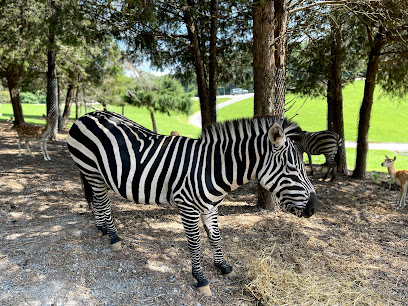
Natural Bridge State Park
Explore the breathtaking Natural Bridge State Park in Virginia, where nature's beauty meets rich history in a stunning outdoor experience.
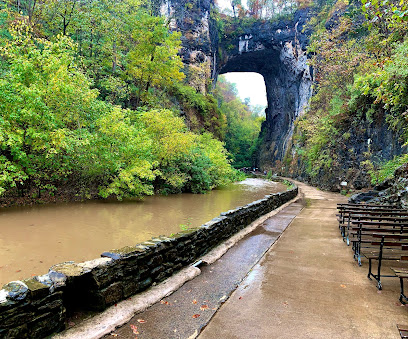
Douthat State Park
Explore the breathtaking landscapes and outdoor adventures at Douthat State Park, a serene natural retreat in Virginia's Allegheny Mountains.
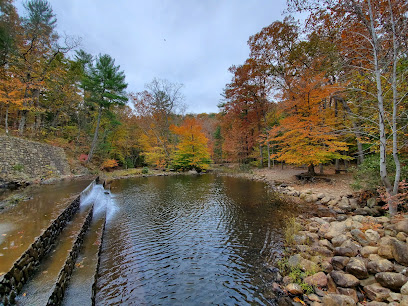
Thomas Jefferson's Poplar Forest
Explore the rich history and architectural beauty of Thomas Jefferson's Poplar Forest, a historical landmark and museum in Lynchburg, Virginia.
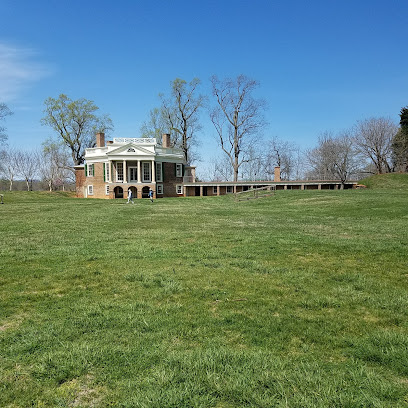
Humpback Bridge
Discover the Humpback Bridge in Covington, Virginia—a stunning historic landmark surrounded by nature's beauty and a perfect spot for photography.

Dinosaur Kingdom II
Explore the wonders of the prehistoric world at Dinosaur Kingdom II, a thrilling attraction in Natural Bridge, Virginia, perfect for families and dinosaur enthusiasts.
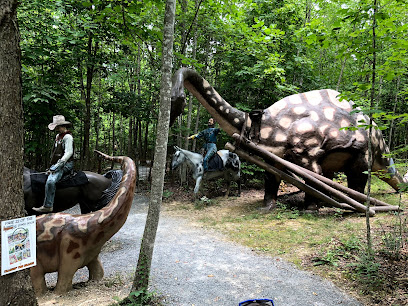
Roaring Run Day Use Area
Explore the scenic trails, serene waterfalls, and rich history of Roaring Run Day Use Area, a perfect hiking destination in Virginia's natural beauty.
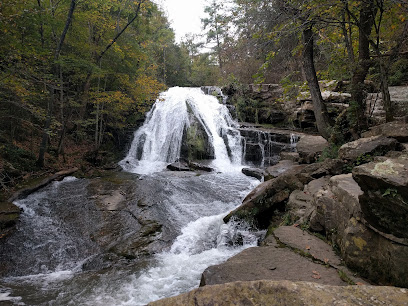
Roaring Run Furnace
Explore the historical significance and natural beauty of Roaring Run Furnace in Eagle Rock, Virginia, where adventure meets heritage.
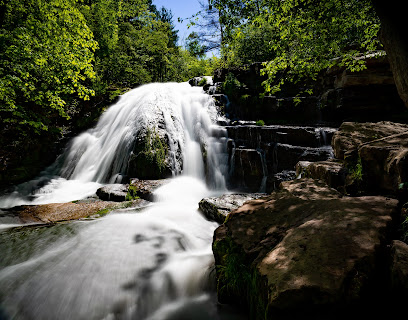
C&O Railway Heritage Center
Explore the rich history of railroads at the C&O Railway Heritage Center, a captivating heritage museum in Clifton Forge, Virginia.
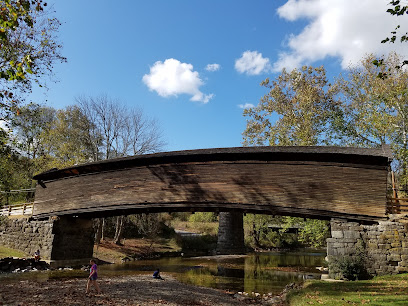
Roaring Run Loop Trail
Discover the breathtaking Roaring Run Loop Trail in Eagle Rock, Virginia, where scenic beauty and tranquility await every outdoor enthusiast.
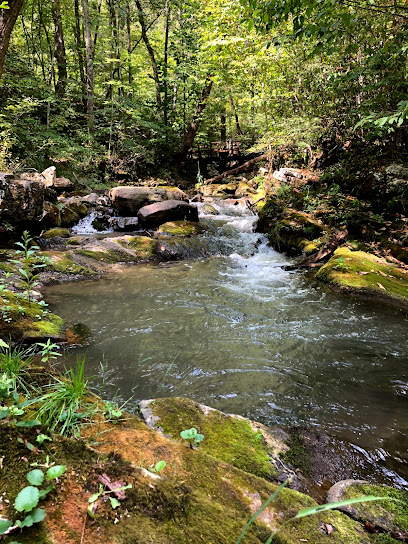
Falling Springs Falls
Explore Falling Springs Falls, a breathtaking state park in Virginia, and immerse yourself in nature's beauty and tranquility.

Island Ford Cave
Discover the captivating beauty of Island Ford Cave in Virginia, a hidden gem showcasing stunning rock formations and unique cave ecosystems.
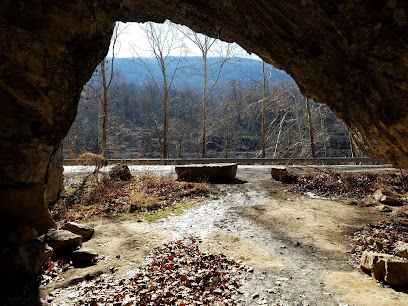
C&O RY Covington Depot
Discover the charm of the C&O RY Covington Depot, a historical landmark showcasing the rich heritage of rail travel in Covington, Virginia.

Alleghany Historical Society
Explore the rich heritage and captivating stories of Covington, Virginia, at the Alleghany Historical Society.
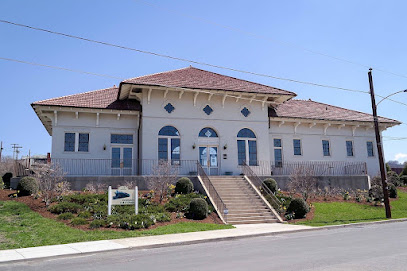
Hoop hole
Discover the serene beauty of Hoop Hole in Virginia - a wilderness center perfect for hiking, birdwatching, and reconnecting with nature.
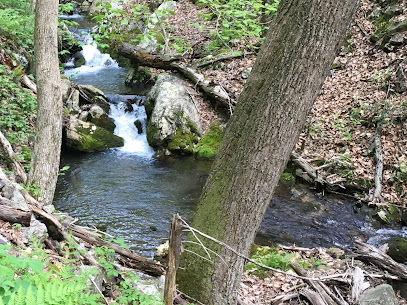
Markets, malls and hidden boutiques
George Washington & Jefferson National Forest
Discover the breathtaking landscapes and outdoor adventures awaiting you at George Washington & Jefferson National Forest in Virginia.
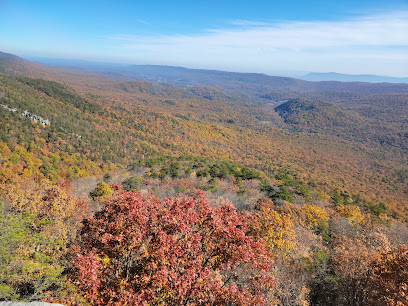
Dixie Caverns
Explore Dixie Caverns: A captivating blend of stunning underground formations, unique antiques, and peaceful camping in Virginia.
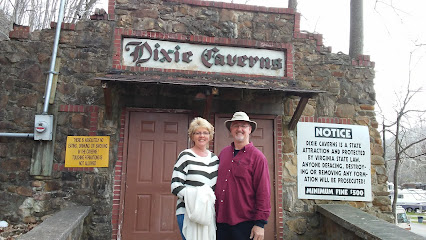
Black Dog Salvage
Explore Black Dog Salvage in Roanoke, VA - a treasure trove of architectural salvage, art, and unique home goods for the discerning traveler.
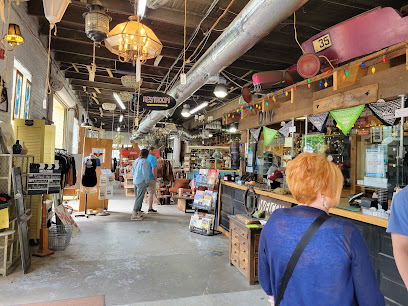
Love's Travel Stop
Experience the essential travel stop at Love's in Covington, VA, offering convenience, clean facilities, and a friendly atmosphere for all travelers.
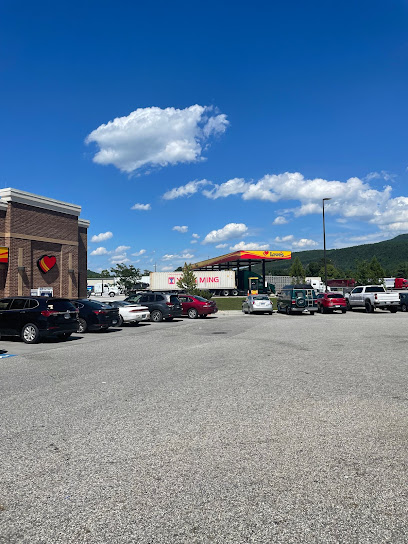
A Little Bit Hippy
Discover the eclectic charm of A Little Bit Hippy in Roanoke, where vintage fashion meets local artistry in a vibrant boutique experience.

KC Collections
Discover the beauty of Amish craftsmanship at KC Collections, where quality meets timeless design in handcrafted furniture.
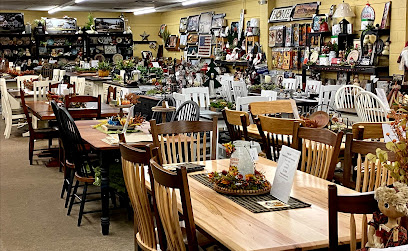
Just Games Lexington
Discover endless fun at Just Games Lexington, Virginia's premier destination for board games, collectibles, and community events.
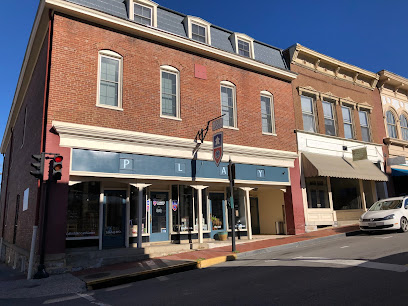
The Emporium
Explore The Emporium in New Castle, VA: A charming general store brimming with books, health foods, and unique local treasures.
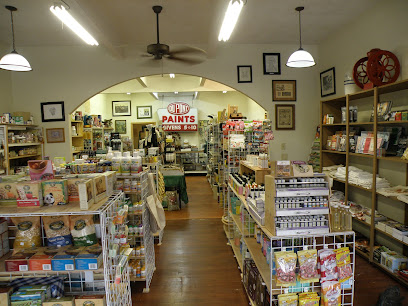
Douthat Lakeview Camp Store and Grill
Experience the perfect blend of nature and flavor at Douthat Lakeview Camp Store and Grill in Virginia, a must-visit for all outdoor enthusiasts.
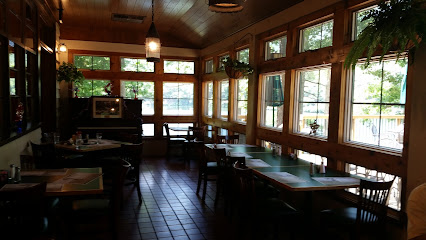
Virginia Military Institute Bookstore
Explore the Virginia Military Institute Bookstore for unique VMI apparel, gifts, and a rich selection of books celebrating this historic institution.

Main Street Primitives
Explore Main Street Primitives in Salem, VA, where antiques, furniture, and unique gifts come together to create an unforgettable shopping experience.

The Very Thing
Explore The Very Thing Antique Store in Lewisburg, WV, a treasure trove of unique antiques and collectibles that tells stories of the past.
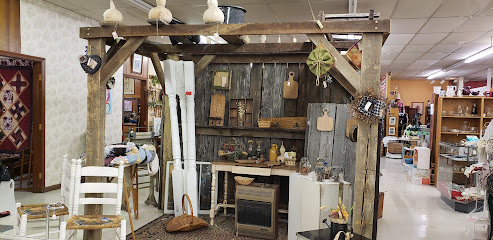
Virginia ABC
Explore Virginia ABC in Clifton Forge for a unique selection of local wines and spirits, reflecting Virginia's rich beverage culture.

Robert's Antiques & Wine Store
Explore Robert's Antiques & Wine Store in Lewisburg - a treasure trove of vintage finds, fine wines, and a unique shopping experience.
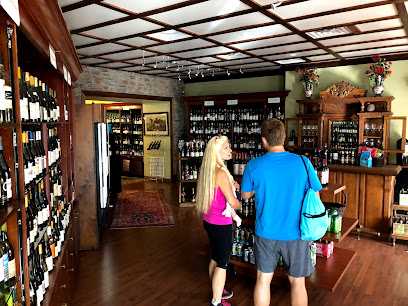
Celtic Tides
Explore Celtic Tides in Lexington, VA: Your destination for unique gifts, Celtic treasures, and delectable meat pies.

Essential bars & hidden hideouts
Cucci's Pizzeria
Experience the flavors of Covington at Cucci's Pizzeria, where every slice is crafted with love and fresh ingredients.
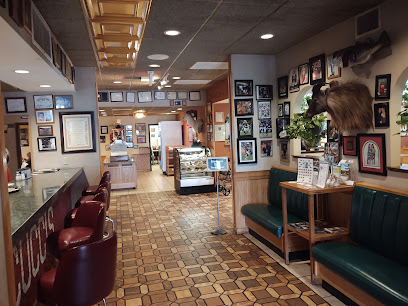
Penny's Diner
Experience the charm of Penny's Diner in Low Moor, VA, where delicious comfort food meets a welcoming atmosphere.
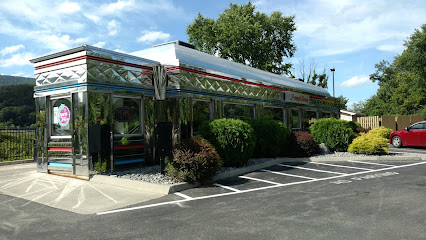
Jack Mason's Tavern and Brewery
Discover the delightful fusion of craft brews and hearty American cuisine at Jack Mason's Tavern and Brewery in Clifton Forge.
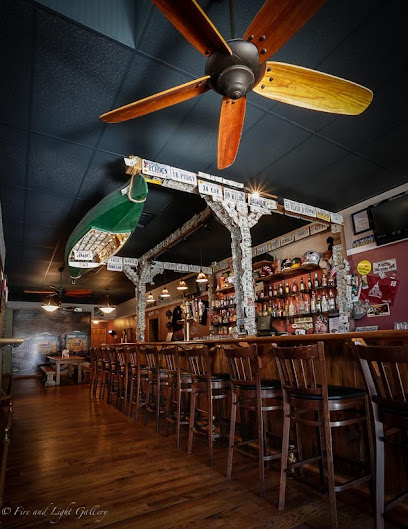
San-Juan
Discover the culinary delights of San-Juan in Covington, VA, where local ingredients create unforgettable flavors in a welcoming atmosphere.
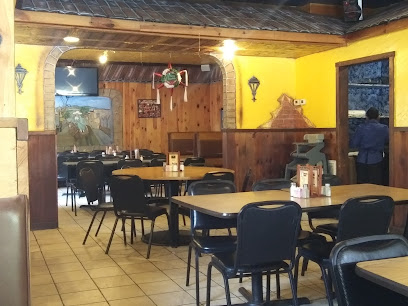
Lindsay's Roost Bar and Grill
Discover the charm of Lindsay's Roost Bar and Grill in Hot Springs, Virginia - a perfect blend of great food and local atmosphere.

Trani’s Grille
Experience authentic Italian cuisine at Trani’s Grille, where every dish is a celebration of flavor and tradition in Covington, Virginia.
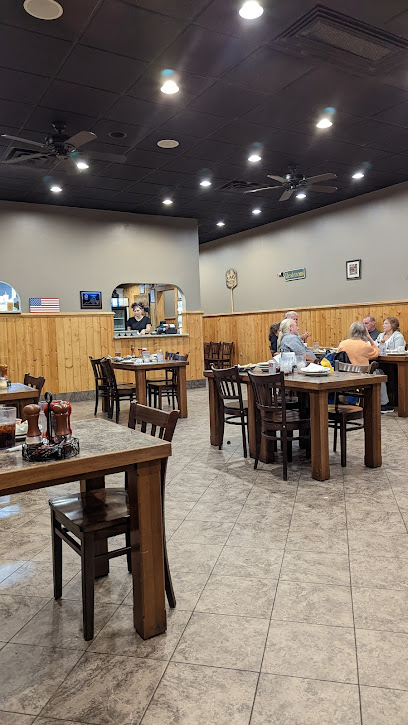
The Rail Bar & Grille
Experience the vibrant charm of Covington at The Rail Bar & Grille, where local flavors and lively atmosphere come together for an unforgettable dining experience.
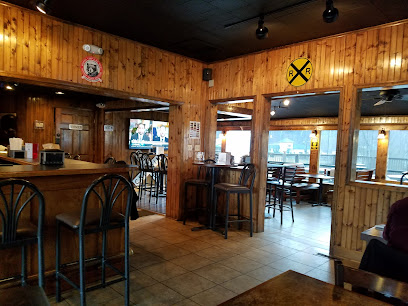
Michael's
Experience the best of Covington dining at Michael's Pizzeria, where delicious pizzas and warm hospitality await every visitor.
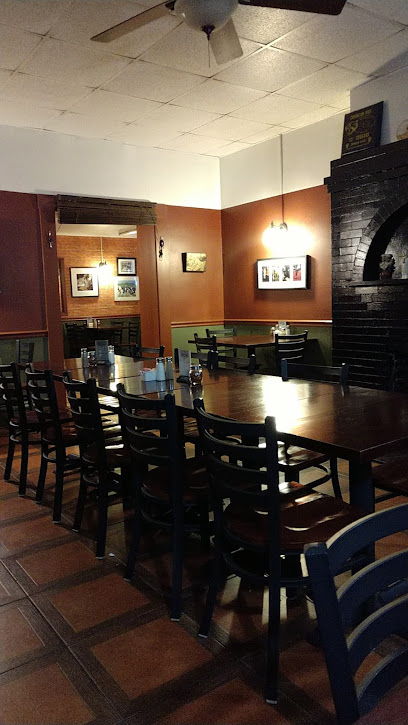
42Deli
Discover the flavors of Virginia at 42Deli, a top-rated deli offering delightful sandwiches and a warm atmosphere in Clifton Forge.

Sam Snead Tavern
Discover the flavors of America at Sam Snead Tavern in Hot Springs, Virginia, where taste meets tradition in a cozy setting.
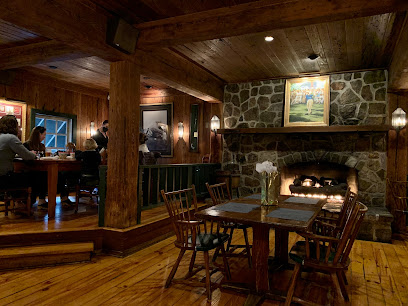
Family Tree T's Cafe
Experience the warmth of American dining at Family Tree T's Cafe, where comfort food meets a friendly atmosphere in Low Moor, Virginia.
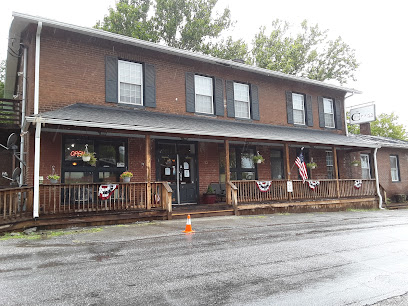
Cat & Owl Steak & Seafood
Discover the culinary delight of Cat & Owl Steak & Seafood, where premium steaks and fresh seafood await in the heart of Covington, Virginia.
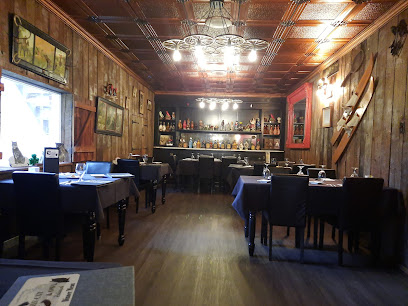
Michaels New York Style Pizza Clifton Forge
Savor the authentic taste of New York-style pizza in the heart of Clifton Forge, featuring fresh ingredients and a cozy atmosphere.

Bacova Beer Company
Discover the heart of craft brewing at Bacova Beer Company in Hot Springs, Virginia, where local flavors and community spirit come together.

Casa De Leones Mexican Grill
Discover the authentic taste of Mexico at Casa De Leones Mexican Grill in Covington, where vibrant flavors and a warm atmosphere await.
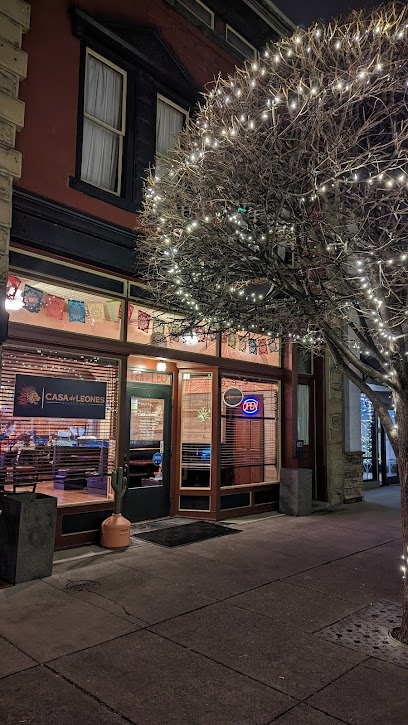
Local Phrases about George Washington and Jefferson National Forests
-
- HelloHowdy
[haw-dee] - GoodbyeFarewell
[fair-well] - YesYup
[yuhp] - NoNah
[nah] - Please/You're welcomePlease/No worries
[pleez/no wor-eez] - Thank youThanks
[thaynks] - Excuse me/SorryPardon me/My bad
[par-dn mee/my bad] - How are you?Howdy
[haw-dee] - Fine. And you?Just dandy. You?
[just dan-dee. yoo?] - Do you speak English?Ya speak English?
[yah speak ing-glish?] - I don't understandI ain't gettin' it
[I aint get-tin it]
- HelloHowdy
-
- I'd like to see the menu, pleaseCan I see the grub list, please
[kan eye see the grub list, pleez] - I don't eat meatI don't do meat
[eye dohnt doh meet] - Cheers!Bottoms up!
[bot-tums up] - I would like to pay, pleaseI'll settle the bill, please
[eye-ull set-tul the bill, pleez]
- I'd like to see the menu, pleaseCan I see the grub list, please
-
- Help!SOS!
[ess-oh-ess] - Go away!Git!
[git] - Call the Police!Ring the Sheriff!
[ring the sher-iff] - Call a doctor!Summon the doc!
[suhm-mun the doc] - I'm lostI'm discombobulated
[eye-m dis-com-bob-yoo-lay-ted] - I'm illI'm under the weather
[eye-m un-der the weh-thur]
- Help!SOS!
-
- I'd like to buy...I'm fixin' to purchase...
[eye-m fix-in tuh pur-chays] - I'm just lookingI'm jest browsin'
[eye-m jest brow-sin] - How much is it?What's the damage?
[whats the dam-ij] - That's too expensiveThat's a mite pricey
[thats uh myt prye-see] - Can you lower the price?Can ya knock it down a bit?
[kan yuh nok it down uh bit]
- I'd like to buy...I'm fixin' to purchase...
-
- What time is it?What's the o'clock?
[whats the uh-klok] - It's one o'clockIt's a tick past one
[its uh tik past wun] - Half past (10)Halfway to eleven
[half-way tuh elev-in] - MorningMornin'
[morn-in] - AfternoonArvo
[ar-vo] - EveningDusk
[dusk] - YesterdayYesteryear
[yess-ter-year] - TodayThis here day
[this heer day] - TomorrowMorro
[morr-oh] - 1One
[wun] - 2Two
[too] - 3Three
[three] - 4Four
[four] - 5Five
[five] - 6Six
[six] - 7Seven
[sev-en] - 8Eight
[ayt] - 9Nine
[nine] - 10Ten
[ten]
- What time is it?What's the o'clock?
-
- Where's a/the...?Where's the...
[wheres the] - What's the address?What's the addy?
[whats the add-ee] - Can you show me (on the map)?Can ya point it out?
[kan yuh point it out] - When's the next (bus)?When's the next hauler?
[whens the next haul-er] - A ticket (to ....)A pass (to ....)
[uh pass tuh]
- Where's a/the...?Where's the...
History of George Washington and Jefferson National Forests
-
George Washington and Jefferson National Forests were established in the early 20th century. The George Washington National Forest was created in 1918 and encompassed lands that were heavily logged and farmed. The Jefferson National Forest was formed a bit later, in 1936. Both forests were named to honor prominent figures in American history: George Washington, the first President of the United States, and Thomas Jefferson, the third President.
-
During the Great Depression, the Civilian Conservation Corps (CCC) played a significant role in developing the infrastructure of the George Washington and Jefferson National Forests. The CCC built roads, trails, and recreational facilities, many of which are still in use today. Their work helped conserve the natural resources and provided much-needed employment during a difficult time in American history.
-
During World War II, parts of the George Washington and Jefferson National Forests were used for military training exercises. The rugged terrain provided an ideal location for soldiers to prepare for combat conditions. This period saw an increase in the forest's strategic importance, and remnants of this era can still be found throughout the area.
-
The Appalachian Trail, one of the most famous hiking trails in the United States, runs through both the George Washington and Jefferson National Forests. This trail, which stretches over 2,000 miles from Georgia to Maine, offers hikers the opportunity to experience the diverse landscapes and rich history of the forests. The trail was completed in 1937 and has since become a symbol of American outdoor adventure.
-
Over the years, the George Washington and Jefferson National Forests have faced numerous natural disasters, including wildfires, floods, and hurricanes. These events have prompted extensive conservation and restoration efforts to protect and preserve the forests' ecosystems. The forest service and various conservation organizations have worked tirelessly to ensure the health and sustainability of these vital natural resources.
-
The lands that now make up the George Washington and Jefferson National Forests were once home to various Native American tribes, including the Cherokee and Shawnee. These tribes had a deep connection to the land, using it for hunting, gathering, and spiritual practices. Today, their legacy is honored through various cultural and educational programs within the forests.
-
Throughout the 20th century, the George Washington and Jefferson National Forests have been developed to support a wide range of recreational activities. From hiking and camping to fishing and birdwatching, these forests offer countless opportunities for outdoor enthusiasts. The development of recreational facilities has made the forests a popular destination for both locals and visitors.
George Washington and Jefferson National Forests Essentials
-
George Washington and Jefferson National Forests are located in the Appalachian Mountains of western Virginia. The nearest major airport is Roanoke-Blacksburg Regional Airport, approximately 50 miles from the forests. From the airport, you can rent a car or take a shuttle service. Alternatively, Washington Dulles International Airport, about 150 miles away, offers more international flight options. Amtrak also operates train services to nearby cities like Lynchburg and Charlottesville, from where you can rent a car or use local transportation to reach the forests.
-
Having a car is the most convenient way to explore George Washington and Jefferson National Forests, as public transport options are limited. Rental cars are available at nearby airports and cities. The forest roads can be narrow and winding, so drive cautiously. For those preferring guided experiences, several local tour operators offer bus and van tours that cover major attractions within the forests.
-
The official currency is the US Dollar (USD). Credit and debit cards are widely accepted at most lodges, restaurants, and larger stores within and around the forests. However, it's advisable to carry some cash, especially if you plan to visit more remote areas or smaller establishments where card payments might not be accepted. ATMs are available in nearby towns like Roanoke, Blacksburg, and Harrisonburg.
-
George Washington and Jefferson National Forests are generally safe for tourists. However, it's important to take standard precautions. Avoid isolated areas after dark, and always let someone know your itinerary if you plan on hiking or camping. Petty theft can occur, so keep valuables secure. Be aware of wildlife and adhere to all park regulations for your safety and the safety of animals. Areas near larger towns have more reported incidents, so stay vigilant.
-
In case of emergency, dial 911 for immediate assistance. The forests are patrolled by park rangers who can provide help in emergencies. It's recommended to have travel insurance that covers medical emergencies. For minor health issues, there are medical facilities in nearby towns like Roanoke and Harrisonburg. Carry a first aid kit and know the locations of the nearest ranger stations.
-
Fashion: Do wear comfortable, weather-appropriate clothing and sturdy hiking boots. Avoid overly bright colors that might disturb wildlife. Religion: Do respect any religious or cultural sites you might encounter. Public Transport: Do be prepared for limited public transport options; a car is your best bet. Greetings: Do greet people with a friendly hello and a smile. Eating & Drinking: Do try local foods available at nearby towns; don't leave trash behind in the forests.
-
To experience George Washington and Jefferson National Forests like a local, visit during the fall for stunning foliage, or in spring for blooming wildflowers. Consider hiking the Appalachian Trail, which runs through the forests. Pack a picnic and eat at one of the scenic overlooks. Engage with park rangers, who can provide valuable insights and tips. Also, visit nearby historic towns like Lexington for a taste of local culture and history.
Nearby Cities to George Washington and Jefferson National Forests
-
Things To Do in Roanoke
-
Things To Do in Blacksburg
-
Things To Do in Lynchburg
-
Things To Do in Staunton
-
Things To Do in Beckley
-
Things To Do in Harrisonburg
-
Things To Do in Elkins
-
Things To Do in Bluefield
-
Things To Do in Charlottesville
-
Things To Do in Charleston
-
Things To Do in Clarksburg
-
Things To Do in Fairmont
-
Things To Do in Winston-Salem
-
Things To Do in Greensboro
-
Things To Do in Morgantown













